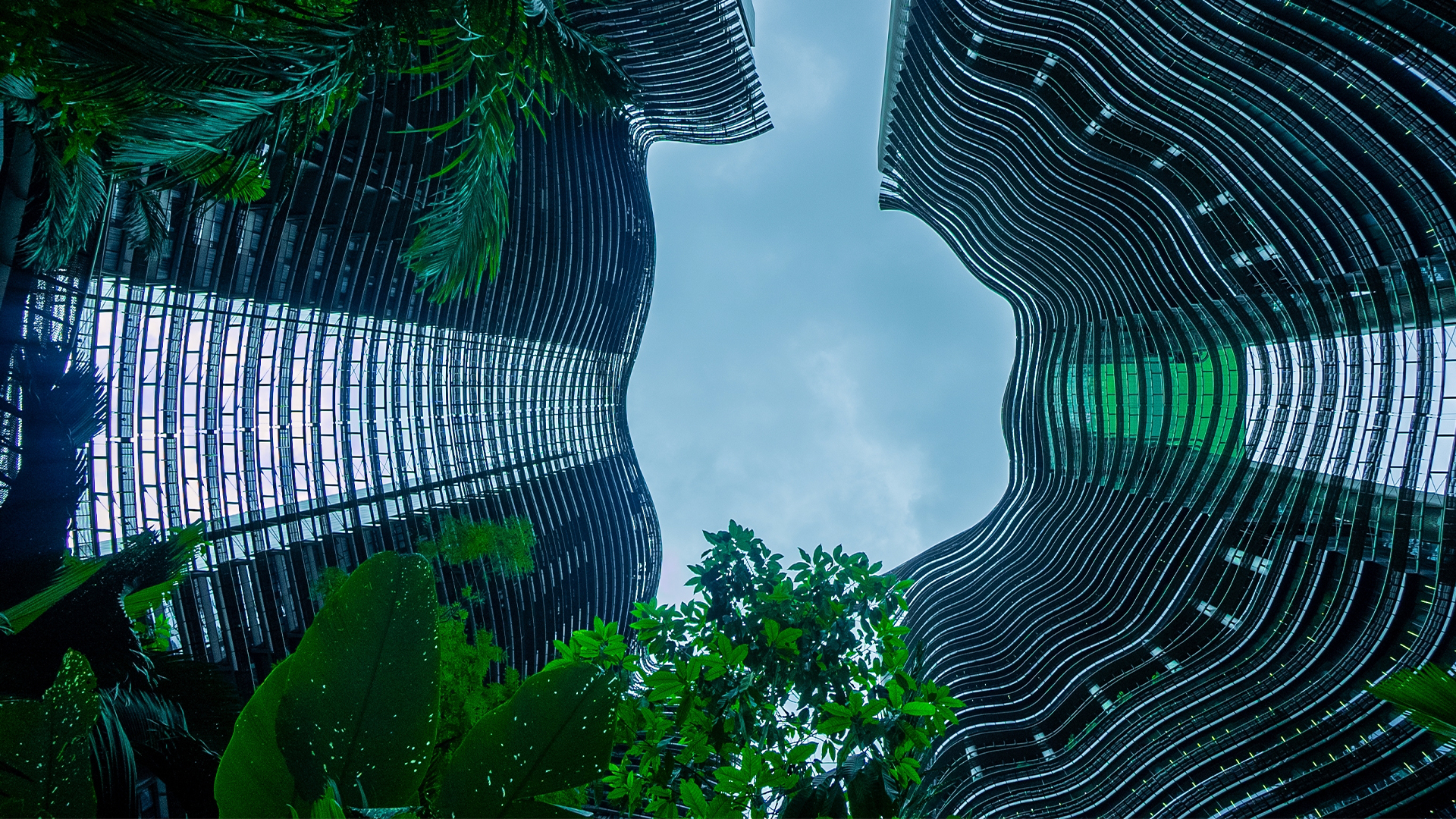Finding ways to live sustainably has become especially integral to our lives over the past few decades.
We’ve gone from a world where consumption was rampant and careless, to an age where everything from our coffee cups to our libraries are built with sustainability in mind.
With sustainability as a strong focus, engineering training has become more geared towards achieving efficiency – using fewer resources to do more. We’re slowly learning how to design buildings and equipment that are not only less destructive to the planet, but actually beneficial to it.
For people who are attending a technical design (or CAD) school, this means a heavy emphasis on environmentally sustainable designs and the implementation of forward-thinking technologies like living rooftops, integrated solar panels, and rainwater retention.
CAD software is becoming increasingly responsive to these changes in the industry, with software like Autodesk making green architecture and environmentally sustainable designs a priority.
Sustainable design is about more than just building rooftop gardens and catching the sun’s rays with solar panels, however.
There is a lot of careful planning and thought that goes into designing a green building. Everything that goes into building the structure must be carefully examined, and its environmental impact considered. That’s why low impact materials like permeable concrete are becoming increasingly popular in the construction industry. They allow for the replenishment of groundwater at a much higher rate than traditional materials.
It’s not just careful selection of materials, either, it’s also about doing everything you can to reduce the impact of the construction and operation of the building. An emphasis on sourcing materials and labor locally is important as well.
This serves to eliminate the shipping or trucking of materials from a distance, which would contribute to increased carbon emissions. As well, this feeds into another area of sustainable design that’s creeping up in popularity: emotionally durable design.
Many researchers have found that an emotional connection or attachment to items ensures a more resilient and involved relationship, meaning that people are less likely to be wasteful or destructive in their behavior because they have formed a meaningful connection.
We tend to take much better care of things we’re attached to, so the fostering of a meaningful relationship between ourselves and what we create contributes to a more sustainable world.
The environmentally sustainable design has quickly gone from a quirky little niche of the design world to something that’s considered a priority for all design teams. If we have the technology and practices to develop low-impact, sustainable buildings, and structures, then we have a duty to ensure that if we must keep expanding as a global community, we do it in an environmentally responsible way.
We would love to meet with you to discuss this topic more – as well as discuss your personal career goals or interest in the architecture, engineering and construction industries.
Click below to set up a meeting today!



